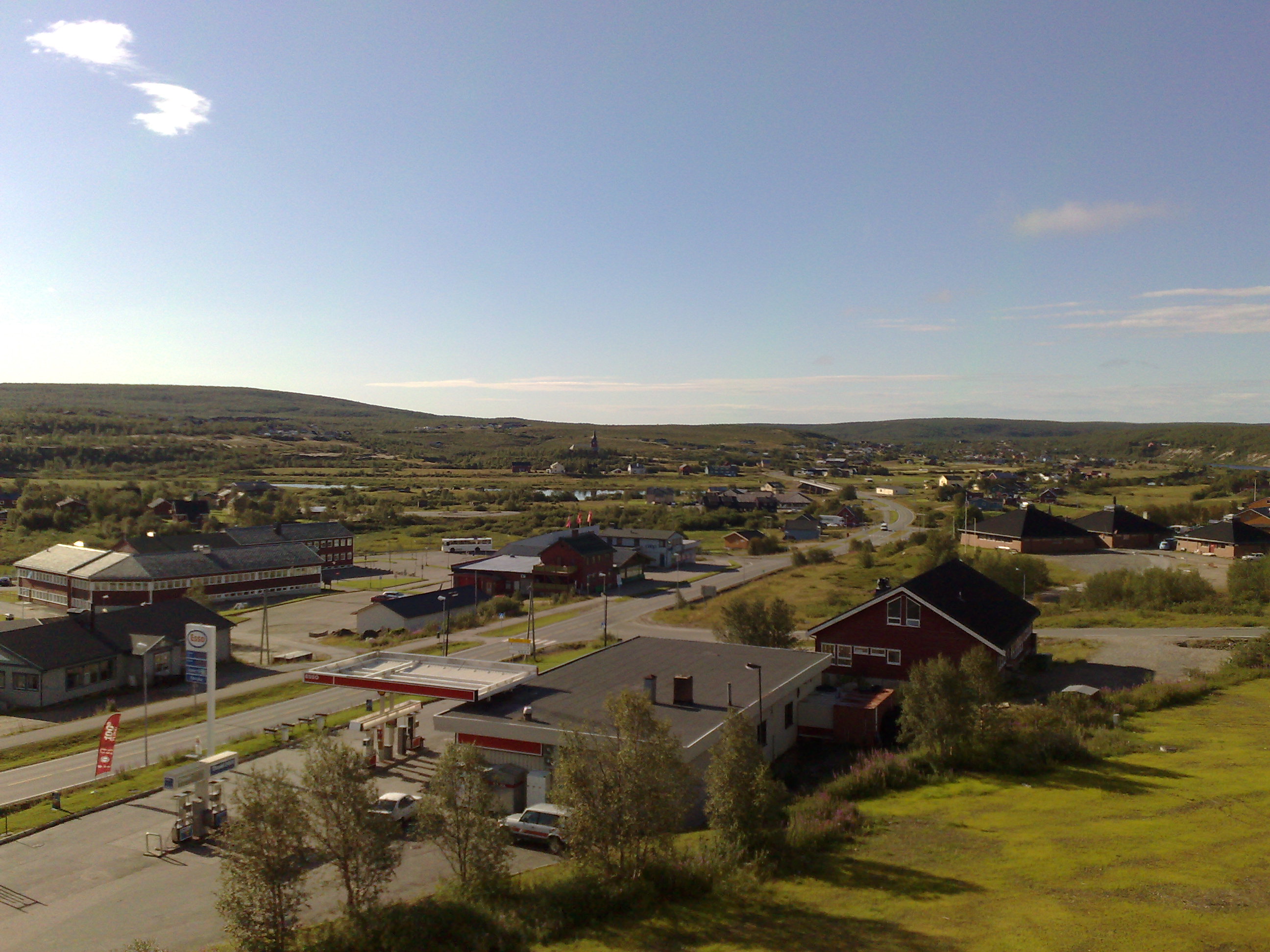|
Flyvarjávri
Flyvarjávri is a body of water 13 kilometers south of Kautokeino Kautokeino ( no, Kautokeino; se, Guovdageaidnu ; fkv, Koutokeino; fi, Koutokeino) is a municipality in Troms og Finnmark county, Norway. The administrative centre of the municipality is the village of Guovdageaidnu/Kautokeino. Other villages ... in Norway. The water is right next to the E45. Directly translated from the Sámi language to English the meaning of the name is "the plane water". The body of water got this name after a German reconnaissance aircraft of the type Focke-Wulf Fw 189 A "Uho" crashed on the water on 15 October 1944. The Sámi researcher and author Odd Mathis Hætta has described in the book Samibygder på Finnmarksvidda that as a four-year-old in the autumn of 1944 he observed the plane together with his father when it came flying from the south, low over the village of Siebe. Siebe is 5 kilometers south of Flyvárjavri. The plane went through the ice on the emergency landing, and the G ... [...More Info...] [...Related Items...] OR: [Wikipedia] [Google] [Baidu] |
Kautokeino
Kautokeino ( no, Kautokeino; se, Guovdageaidnu ; fkv, Koutokeino; fi, Koutokeino) is a municipality in Troms og Finnmark county, Norway. The administrative centre of the municipality is the village of Guovdageaidnu/Kautokeino. Other villages include Láhpoluoppal and Máze. The municipality is the largest by area out of the 356 municipalities in Norway. Kautokeino is the 235th most populous municipality in Norway with a population of 2,877. The municipality's population density is and its population has decreased by 1.7% over the previous 10-year period. Guovdageaidnu-Kautokeino is one of two cultural centers of Northern Sápmi today (the other being Kárášjohka-Karasjok). The most significant industries are reindeer herding, theatre/movie industry, and the public education system. Kautokeino is one of the coldest places in the Nordics. General information The municipality of Kautokeino was established in 1851 when the southern part of the old Kistrand municipality ... [...More Info...] [...Related Items...] OR: [Wikipedia] [Google] [Baidu] |
European Route E45
The European route E45 goes between Norway and Italy, through Finland, Sweden, Denmark, Germany and Austria. With a length of about , it is the longest north–south European route (some east–west routes are longer). The route passes through Alta (town), Alta (Norway) – Kautokeino – Hetta (Finland) – Palojoensuu – Kaaresuvanto – Gällivare (Sweden) – Porjus – Jokkmokk – Arvidsjaur – Östersund – Mora, Sweden, Mora – Säffle – Åmål – Brålanda – Gothenburg ... Frederikshavn (Denmark) – Aalborg – Randers – Aarhus – Skanderborg – Vejle – Kolding – Frøslev – Flensburg (Germany) – Hamburg – Hanover – Hildesheim – Göttingen – Kassel – Fulda – Würzburg – Nuremberg – Munich – Rosenheim – Wörgl (Austria) – Innsbruck – Brenner Pass, Brenner – Franzensfeste, Fortezza (Italy) – Bolzano – Trento – Verona – Modena – Bologna – Cesena – Perugia – Fiano Romano – Naples – Salerno – Sicignano deg ... [...More Info...] [...Related Items...] OR: [Wikipedia] [Google] [Baidu] |
Sámi Languages
Sámi languages ( ), in English also rendered as Sami and Saami, are a group of Uralic languages spoken by the Sámi people in Northern Europe (in parts of northern Finland, Norway, Sweden, and extreme northwestern Russia). There are, depending on the nature and terms of division, ten or more Sami languages. Several spellings have been used for the Sámi languages, including ''Sámi'', ''Sami'', ''Saami'', ''Saame'', ''Sámic'', ''Samic'' and ''Saamic'', as well as the exonyms Lappish and ''Lappic''. The last two, along with the term ''Lapp'', are now often considered pejorative. Classification The Sámi languages form a branch of the Uralic language family. According to the traditional view, Sámi is within the Uralic family most closely related to the Finnic languages (Sammallahti 1998). However, this view has recently been doubted by some scholars who argue that the traditional view of a common Finno-Sami protolanguage is not as strongly supported as had been earlier assu ... [...More Info...] [...Related Items...] OR: [Wikipedia] [Google] [Baidu] |
Focke-Wulf Fw 189 Uhu
The Focke-Wulf Fw 189 ''Uhu'' ("Eagle Owl") is a German twin-engine, twin-boom, three-seat tactical reconnaissance and army cooperation aircraft. It first flew in 1938 (Fw 189 V1), entered service in 1940 and was produced until mid-1944. In addition, Focke-Wulf used this airframe in response to a tender request by the RLM for a dedicated ground-attack airplane, and later submitted an armored version for trials. However, the Henschel Hs 129 was selected instead. Design and development In 1937, the German Ministry of Aviation issued a specification for a short-range, three-seat reconnaissance aircraft with a good all-round view to support the German army in the field, replacing the Henschel Hs 126, which had just entered service. A power of about 850–900 hp (630–670 kW) was specified. The specification was issued to Arado and Focke-Wulf. Arado's design, the Ar 198, which was initially the preferred option, was a relatively conventional single-engined high-wing mo ... [...More Info...] [...Related Items...] OR: [Wikipedia] [Google] [Baidu] |
Sámi
The Sámi ( ; also spelled Sami or Saami) are a Finno-Ugric-speaking people inhabiting the region of Sápmi (formerly known as Lapland), which today encompasses large northern parts of Norway, Sweden, Finland, and of the Murmansk Oblast, Russia, most of the Kola Peninsula in particular. The Sámi have historically been known in English as Lapps or Laplanders, but these terms are regarded as offensive by the Sámi, who prefer the area's name in their own languages, e.g. Northern Sámi . Their traditional languages are the Sámi languages, which are classified as a branch of the Uralic language family. Traditionally, the Sámi have pursued a variety of livelihoods, including coastal fishing, fur trapping, and sheep herding. Their best-known means of livelihood is semi-nomadic reindeer herding. about 10% of the Sámi were connected to reindeer herding, which provides them with meat, fur, and transportation; around 2,800 Sámi people were actively involved in reindeer herding o ... [...More Info...] [...Related Items...] OR: [Wikipedia] [Google] [Baidu] |

1968.07.27.jpg)

